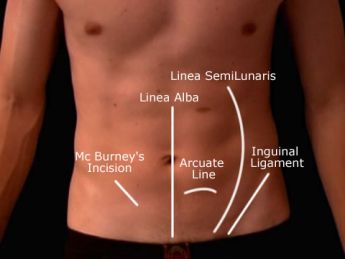Fasciae and Ligaments of the Anterior Abdominal Wall
Jump to navigation
Jump to search
Fasciae and Ligaments of the Anterior Abdominal Wall
Superficial fascia
Deep fascia
Linea alba
Linea semilunaris
Inguinal ligament (Poupart's ligament)
Rectus sheath
Anterior layer of the rectus sheath
◄.....Go back to the Gross Anatomy homepage |
